Tuesday, February 26, 2002
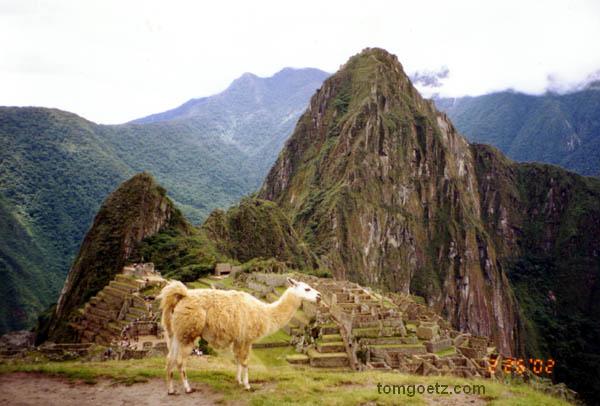
¡El Día de Machu Picchu!
Had to get up at 5:00 a.m. Blah. We've got a big day planned. Norka picked us up at 6:00 for the 6:30 backpacker class train to Augas Calientes. The train station is a madhouse, so we're glad we decided to let her make the arrangements. We met our guide there, Edgar, who will meet up with us again at Machu Picchu. Norka picked us up at the hotel, got us round-trip train tix between Cusco and Augas Calientes, round-trip bus tix between Augas Calientes and Machu Picchu, entrance tix to the ruins, an English-speaking guide, and picked us up at the train station in Cusco and took us back to the hotel for $91 each. If we'd made the arrangements ourselves, it would have been only a few dollars cheaper and would have taken us half a day to arrange.
It was a very slow ride out of Cusco, and the train was very rough. Glad I took my Dramamine. We passed several National Police in full riot gear out in the middle of nowhere. First I wondered what they heck they were expecting way out here. But then Tom reminded me that in the recent past there had been trouble here with terroist activity, e.g., el Sendero Luminoso, or the Shining Path. Their stated goal is to destroy existing Peruvian institutions and replace them with a peasant revolutionary regime. Hopefully they'll wait until we've gone home. Their support has decreased dramatically since the early 1990s, so we didn't feel we were in imminent danger.
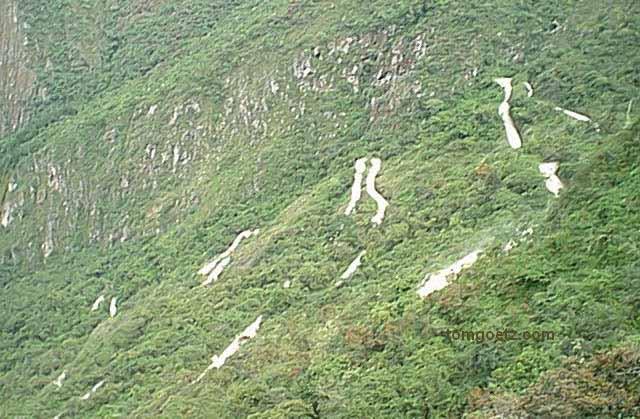
El Camino desde Aguas Calientes a Machu Picchu
Four hours later at Aguas Calientes we boarded a bus that took us basically straight up the mountain to Machu Picchu, the Hidden City of the Andes. Machu Picchu is 1300ft/400m above the train station. What an incredible setting. M.P. clings to a steep hillside, high above the Río Urubamba, surrounded by towering green mountains.
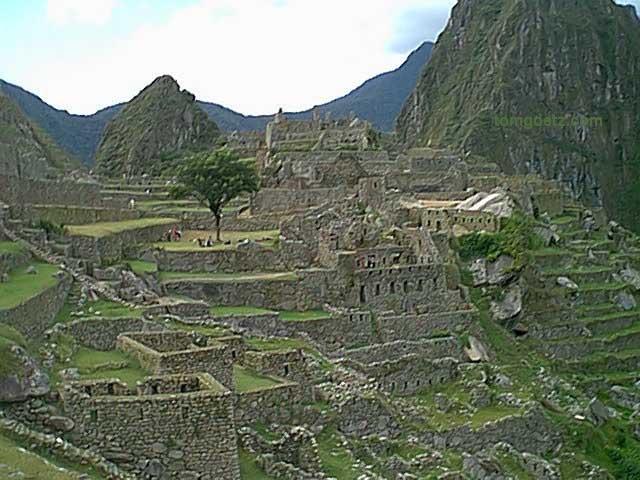
The Urban Sector
The structures of Machu Picchu are as intact as Inka ruins come, as they never had to contend with invading Spaniards since the existence of M.P. was unknown. We were fortunate to visit on a bright, sunny day. It is rainy season, and Edgar said it had been raining there for days.
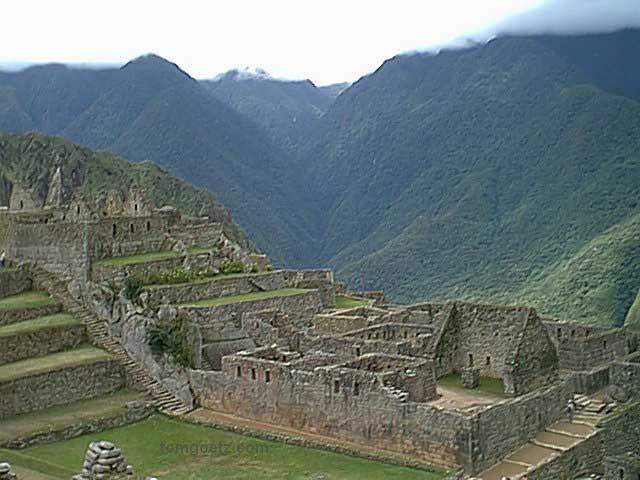
The Industrial Sector
It is believed that only around 1000 people ever lived in and around Machu Picchu at any one time, and after only 50 to 100 years years the region was mysteriously abandoned. It was rediscovered in 1911 by an American, Hiram Bigham, although locals living nearby knew about the ruins long before Bingham explored the area.
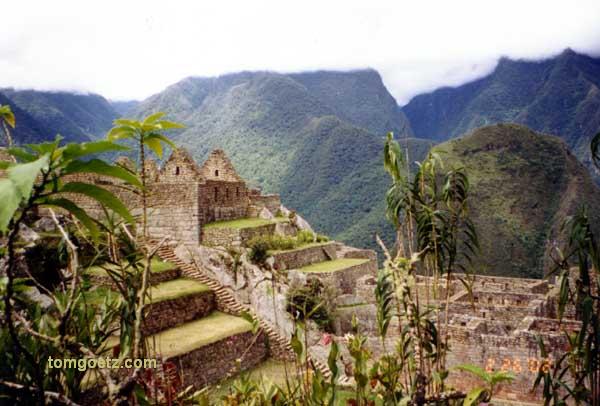
The Residential Sector
The buildings of Machu Picchu are thought to have been planned and built under the supervision of professional Inka architects. Most of the structures are built of granite blocks cut with bronze or stone tools and smoothed with sand. The blocks fit together perfectly without mortar, although none of the blocks are the same size and have many faces; some have as many as 30 corners. The joints are so tight that you couldn't force a credit card between the stones.
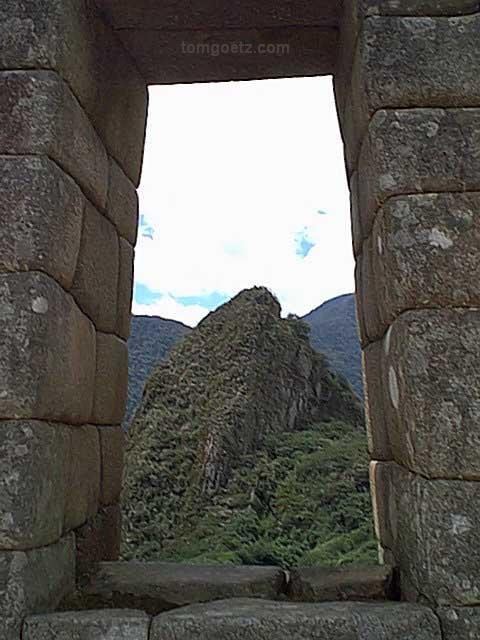
A Través de Una Ventana
Another unique thing about Machu Picchu is the integration of the architecture into the landscape. Existing stone formations were used in the construction of structures, sculptures are carved into the rock, water flows through stone channels, and temples hang on steep precipices.
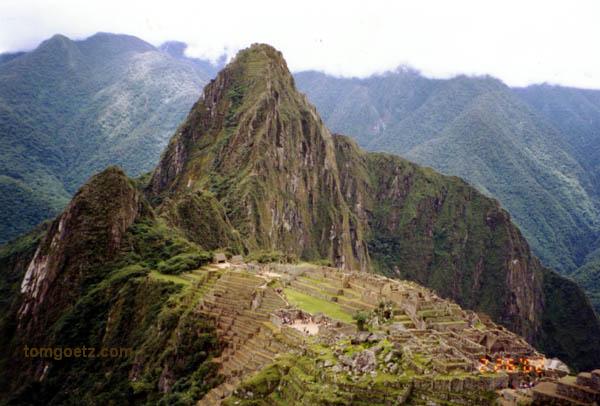
Toda la Vista de Machu Picchu
We had about five hours at the ruins, and it was time to head back. After Machu Picchu, we are ruined for ruins for a while, so I guess it's okay that our vacation is almost over. It was a long four-hour train ride back to Cusco. On our descent back into town after dark, the lights of the Plaza de Armas looked very pretty.